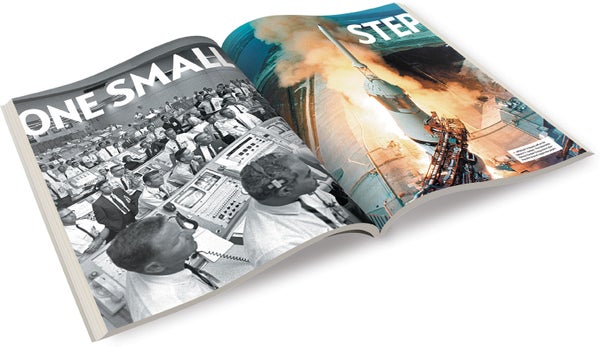This article was published in Scientific American’s former blog network and reflects the views of the author, not necessarily those of Scientific American
We live in a world of networks, write University of Pennsylvania physicist and MacArthur Fellow Danielle S. Bassett and Max Bertolero of Bassett's Complex Systems Group in this issue. Consider the interstate highway system, the World Wide Web, the power grid, to name just a few. Our inner world is also networked—specifically, in the brain. In their article, “How Matter Becomes Mind,” the authors describe how “what the brain is—and thus who we are as conscious beings—is, in fact, defined by a sprawling network of 100 billion neurons with at least 100 trillion connecting points, or synapses.”
Until recently, neuroscientists have looked at the different regions of the brain in relative isolation. Just as an orchestra requires all instruments to play together, Bassett and Bertolero note that “living brains are massive orchestras of neurons that fire together in quite specific patterns.” Researchers studying these networks could lead to a clearer picture of cognitive functioning, better diagnoses for psychiatric diseases and new therapeutics. To learn more about them, an allegro tempo to “How Matter Becomes Mind” might be in order.
As I write, unfortunate outbreaks of measles are occurring in several areas of the U.S. and other places where people have chosen not to vaccinate out of misplaced health fears. By training immune systems, however, vaccines have the means to prevent illness as one of the most remarkable and far-reaching medical benefits humanity has ever seen. But what if, asks journalist Rowan Jacobsen, we could create virus-proof cells? Turn to “The Invulnerable Cell.”
On supporting science journalism
If you're enjoying this article, consider supporting our award-winning journalism by subscribing. By purchasing a subscription you are helping to ensure the future of impactful stories about the discoveries and ideas shaping our world today.
Advances in discoveries often draw our attention to a time when we'll be enjoying the next fruits of science and technology. But there's great value in appreciating the lessons of the past as well. In our special report, we do just that as we take “One Small Step Back in Time.” Half a century ago Neil Armstrong and Edwin “Buzz” Aldrin became the first humans to visit the surface of the moon while Michael Collins piloted the orbiting Apollo 11 command module—supported by thousands of NASA engineers, scientists and mission controllers back on Earth. Back then, I remember thinking it would be no time at all before we moved on to Mars and beyond. Yet nobody has returned to the lunar surface since the last astronaut left in 1972. The Apollo missions demonstrated the power of big dreams to motivate and unify a nation amid social and political strife. Today we face other challenges. But perhaps, inspired by this past triumph, we might again summon the will to create for ourselves a better, more hopeful future.
